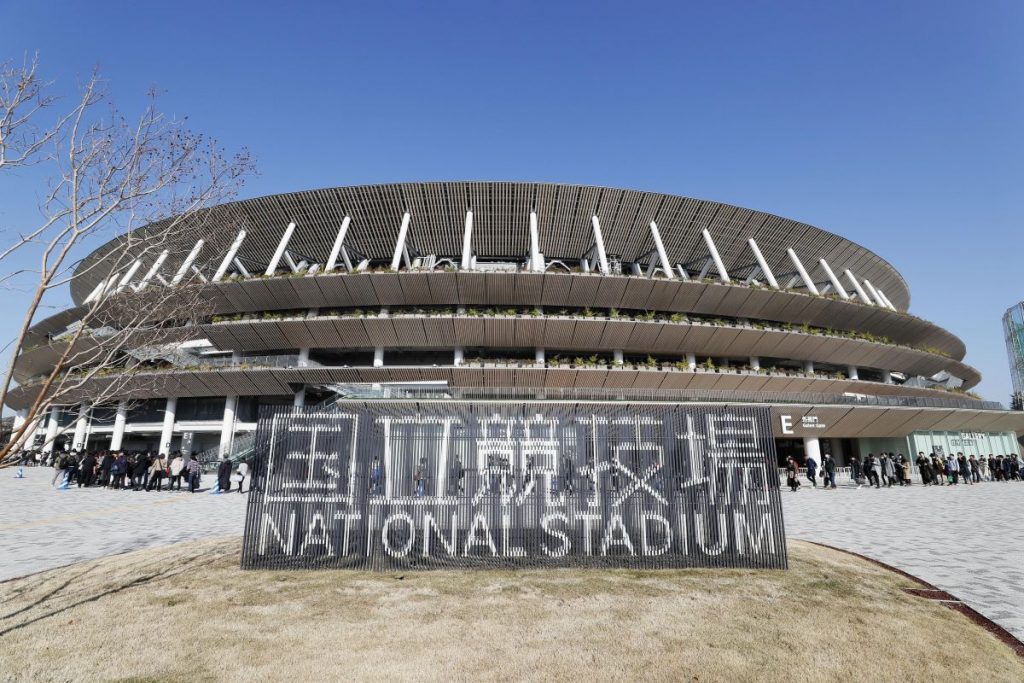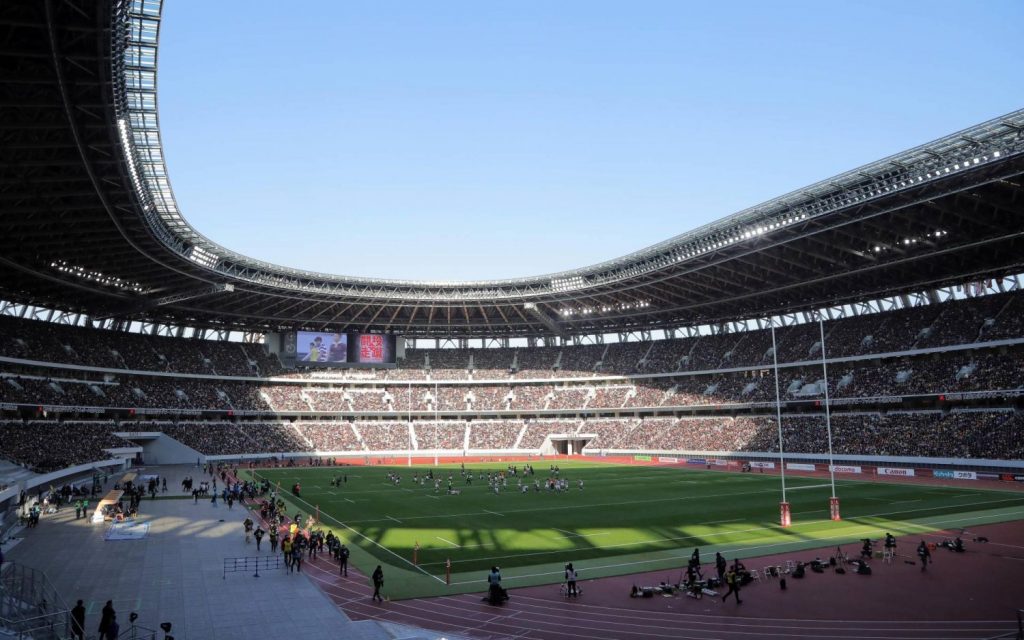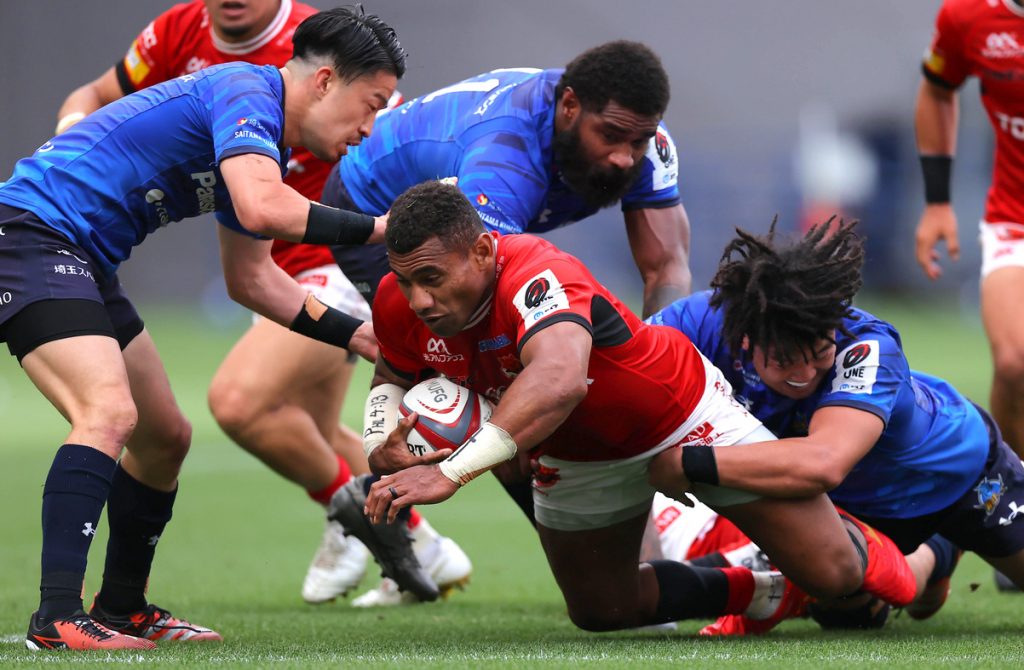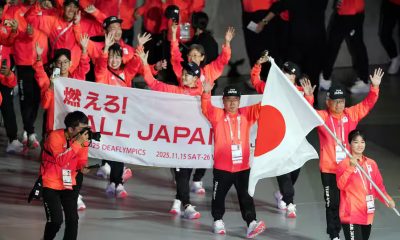
Many feared that the National Stadium would become a "legacy burden" on taxpayers with the conclusion of the 2020 Tokyo Olympic and Paralympic Games. For that reason, the decision was made to privatize the stadium. Now the Japan Sport Council (JSC) has selected a consortium led by NTT Docomo as the preferred negotiating party for the privatization project.
The group, which also includes soccer's J.League, officially known as the Japan Professional Football League, has proposed paying ¥52.8 billion JPY (about $331 million USD) for operating rights over 30 years. The national government had earlier signaled its willingness to cover some maintenance and management costs. Its contribution, though, would be limited to up to about ¥1 billion ($6.3 million ) annually. Under the new plan, the government would continue to cover such costs.

'Smart Stadium' Concept
The plan calls for the creation of a "smart stadium" through the provision of large screens and group seating. Furthermore, it would introduce next-generation high-speed communications technology. Among the other improvements envisaged are unique soundproofing technologies to allow for an increased number of concerts. Those measures, in turn, should result in increased profitability.
The proposal is welcome as it would pave the way for the stadium operations to become profitable. And the success of the National Stadium should also have a favorable impact on the fortunes of local stadiums.
At the same time, hopefully, the significance and traditions of the National Stadium will be duly recognized. There are plans to sell naming rights to the stadium in the future, but some way should be found to keep "National" in the name.

Behind Rebuilding the Stadium
A principal rationale for rebuilding National Stadium was that it did not meet international standards. It was not included as a competition site for the 2002 FIFA World Cup, for example. That event was hosted jointly in Japan and South Korea. It lacked a roof over spectator seats, among other problems. Instead, the final was held in Yokohama at what is now known as Nissan Stadium, which did meet international standards.
That raised the question of why a country the size of Japan did not have a national stadium capable of hosting international competitions. In other words, the Tokyo Olympics was only one of many reasons why the stadium was constructed.
The predecessor of today's National Stadium was the Meiji Jingu Gaien Stadium. That was where Mikio Oda and Chuhei Nambu set world records, respectively, in the triple jump and long jump. It was also where send-off ceremonies were held for students departing for the front during the Pacific War.
In 1958 the former National Stadium was built on the same site. Then, in 1964 it became the main venue for the first Tokyo Olympics. In the years that followed, many memorable sports events took place there, including track and field competitions, soccer, and rugby matches.

Continuing With A Broad Range of Sports
Carrying on that history, the new National Stadium was officially inaugurated in December 2019. Thereafter, it became the main venue for the Tokyo Olympics and Paralympics held three years ago in 2021.
Looking only at "ball sports," the attendance record is 65,188 for a rugby match between Japan and New Zealand played in October 2022. Moreover, nine matches have attracted more than 60,000 spectators and 29 matches have drawn more than 50,000 attendees.
The plan put forward by the NTT-led consortium calls for the National Stadium to become a mecca for sports events that can drive the development of Japan's domestic sports sector.
That is precisely the role the Japanese people want their National Stadium to serve.
RELATED:
- Tokyo is Alive! Crowds Take Turns Checking Out Olympic Stadium Before Games Start
- INTERVIEW | Architect Kengo Kuma Weaves Nature Into New National Stadium’s Design
- Sebastian Coe Supports Staging World Athletics Championships in Tokyo in Near Future
(Read the editorial in Japanese.)
Author: Editorial Board, The Sankei Shimbun

Nagoya Basho Tournament Records
| Day | Opponent | Result |
|---|



















You must be logged in to post a comment Login